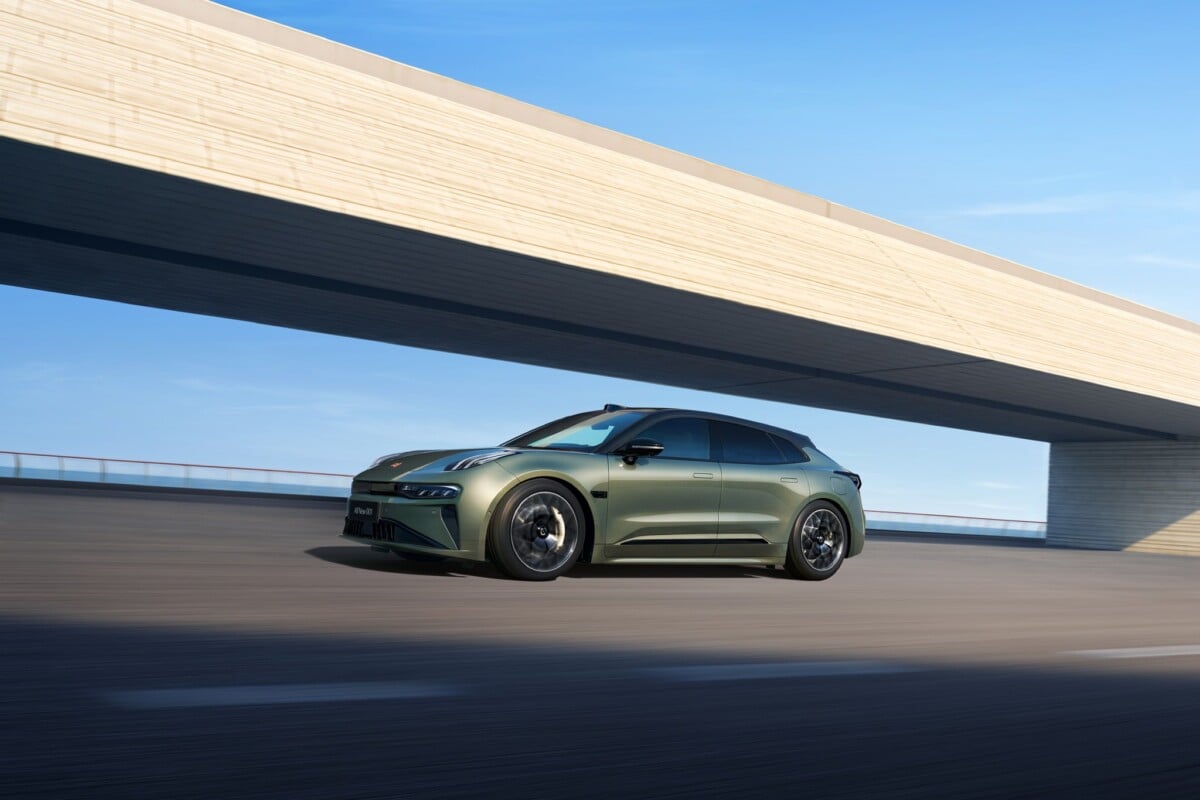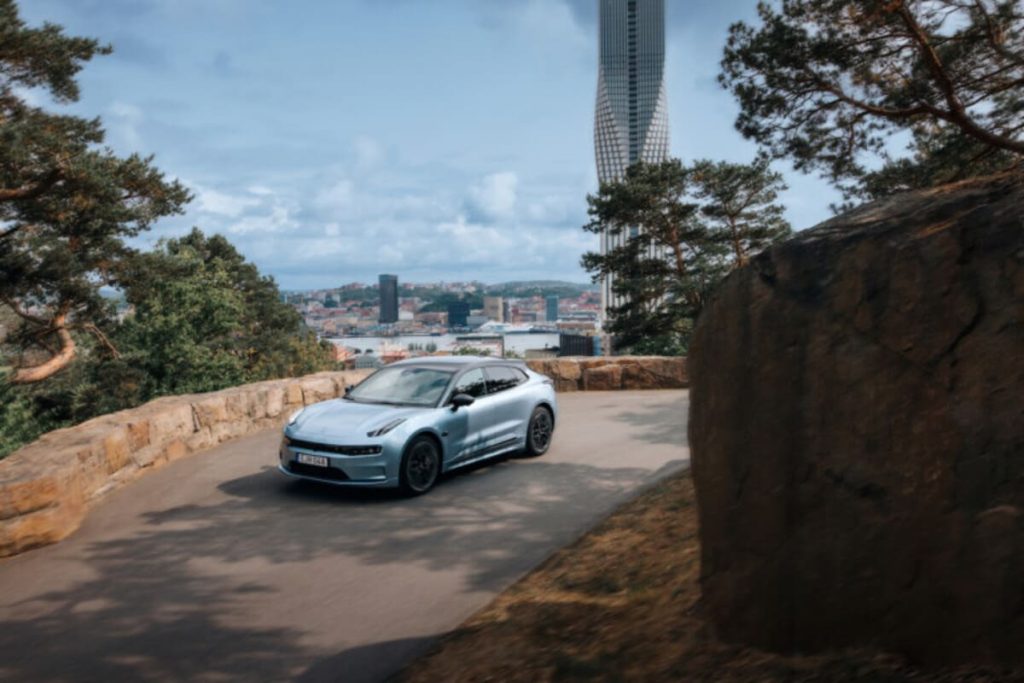German Engineering Meets Chinese Ingenuity
When a legacy brand like Mercedes decides to tear down a Chinese electric car, it’s not mere curiosity—it’s strategy. The mission is clear: understand how a newcomer can deliver a premium, long-range EV at an aggressive price, and then respond fast.
The subject of this scrutiny is the Zeekr 001, a sleek fastback launched in 2021. In its most advanced configuration, it claims over 1,000 km of range on the CLTC cycle, underpinned by a 140 kWh CATL Qilin battery. On paper, it challenges the Tesla Model 3 and other premium sedans with confidence.
Why Take It Apart Now
Chinese EVs are scaling in Europe with refined products and competitive pricing. Western OEMs are confronting a dual shock: a slowing demand curve and a mounting price war. To keep pace, they must learn how rivals integrate supply chains, simplify design, and compress costs.
Government support in China often translates to shorter supply chains, modular platforms, and higher supplier integration. That combination reduces cost without sacrificing perceived quality.
What the Teardown Likely Targeted
Reports indicate Mercedes engineers examined assemblies, material choices, component counts, and advanced manufacturing. A key theme is whether processes like gigacasting—large, single-piece aluminum castings—can trim mass, reduce parts, and cut costs.
They would also zero in on electrical and thermal architecture, software integration, and packaging. The 001’s long-range promise makes thermal management and energy efficiency central to the study.
- Body-in-white integration and potential for fewer stamped parts
- Battery packaging with the CATL Qilin 140 kWh module-to-pack approach
- Energy management strategies behind the CLTC and near-WLTP figures
- Electronics consolidation to reduce wiring, ECUs, and weight
- Interior materials balancing cost, durability, and premium feel
Range, Performance, and Price That Stings
The Zeekr 001’s spec sheet is calibrated to unsettle incumbents. It offers up to 543 hp, 0–100 km/h in 3.8 seconds, and—crucially—vast capacity enabling headline range.
Under the European WLTP, the car approaches roughly 850 km of real-world range. And it does so with a price tag under €61,000, placing it squarely in the crosshairs of established premium brands.
That value proposition is not theoretical. It reframes what buyers expect from an EV at this price—fast, efficient, and long-legged, with tech to match.
Europe’s Market Pressure Cooker
In Europe, EV demand is no longer accelerating at the same clip, even as competition intensified. Entry points like Mercedes EQA and EQB hover around €47,000, keeping them eligible for incentives—but many Chinese rivals still undercut them.
Margins are tight. Legacy brands juggle multi-powertrain lineups and complex manufacturing footprints. New entrants benefit from born-electric architectures and ruthlessly optimized bills of materials.
The takeaway: every euro saved through manufacturing innovation—be it gigacasting, platform consolidation, or smarter software—now matters more than ever.
“Walking on Thin Ice”
As Zeekr’s CEO Andy An put it, the scrutiny from a storied German brand is both flattering and pressure-inducing. “When a century-old carmaker takes your car apart, you feel like you’re walking on thin ice.”
That feeling runs both ways. For Zeekr, it’s validation coupled with the need to keep advancing. For incumbents, it’s a reminder that technology, cost, and speed are the new battlegrounds—and there’s little room for missteps.
What Comes Next for Legacy Brands
Mercedes and its peers will likely double down on a few fronts. Expect accelerated moves to reduce parts, streamline platforms, and deepen partnerships with leading battery suppliers.
Software will matter, too. Over-the-air updates, energy management algorithms, and robust thermal strategies will decide who extracts the most range per kilowatt-hour.
Capital spending will flow toward fewer, smarter tools—like large castings and cell-to-pack integrations—that unlock sustainable cost reductions without compromising safety or feel.
A New Benchmark to Beat
The Zeekr 001 sets a tangible benchmark: high range, serious performance, and a price that stings. Dismantling it is not about imitation, but about leapfrogging—finding different ways to achieve similar or better outcomes.
For buyers, this is good news. Competition sharpens products, elevates quality, and forces prices into more rational territory. For automakers, it’s a challenge to rethink what “premium” means in an electric age.
The message is clear: creativity plus cost discipline wins. And right now, everyone—from Stuttgart to Hangzhou—is moving carefully, because the ice beneath the EV market has never felt thinner.

